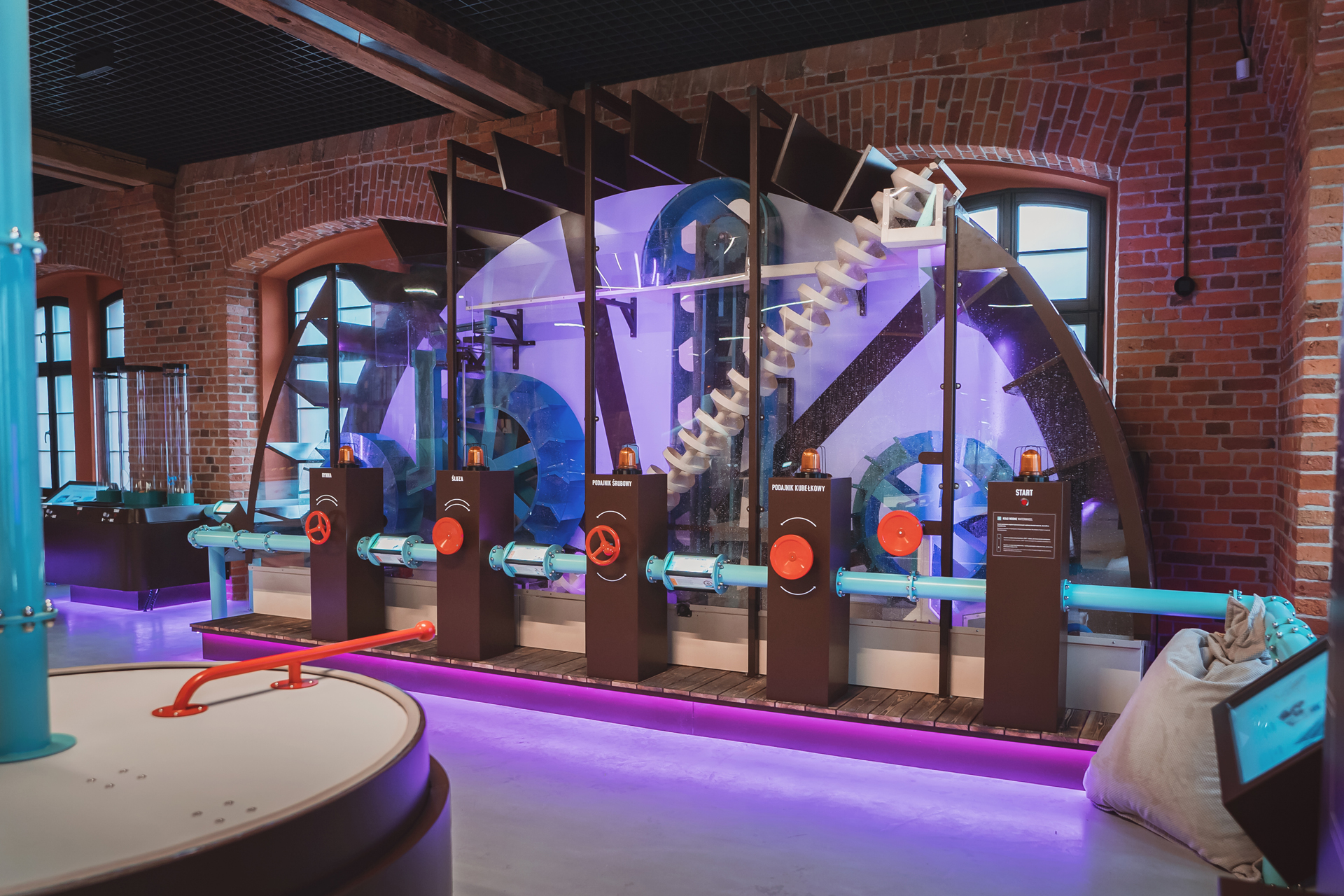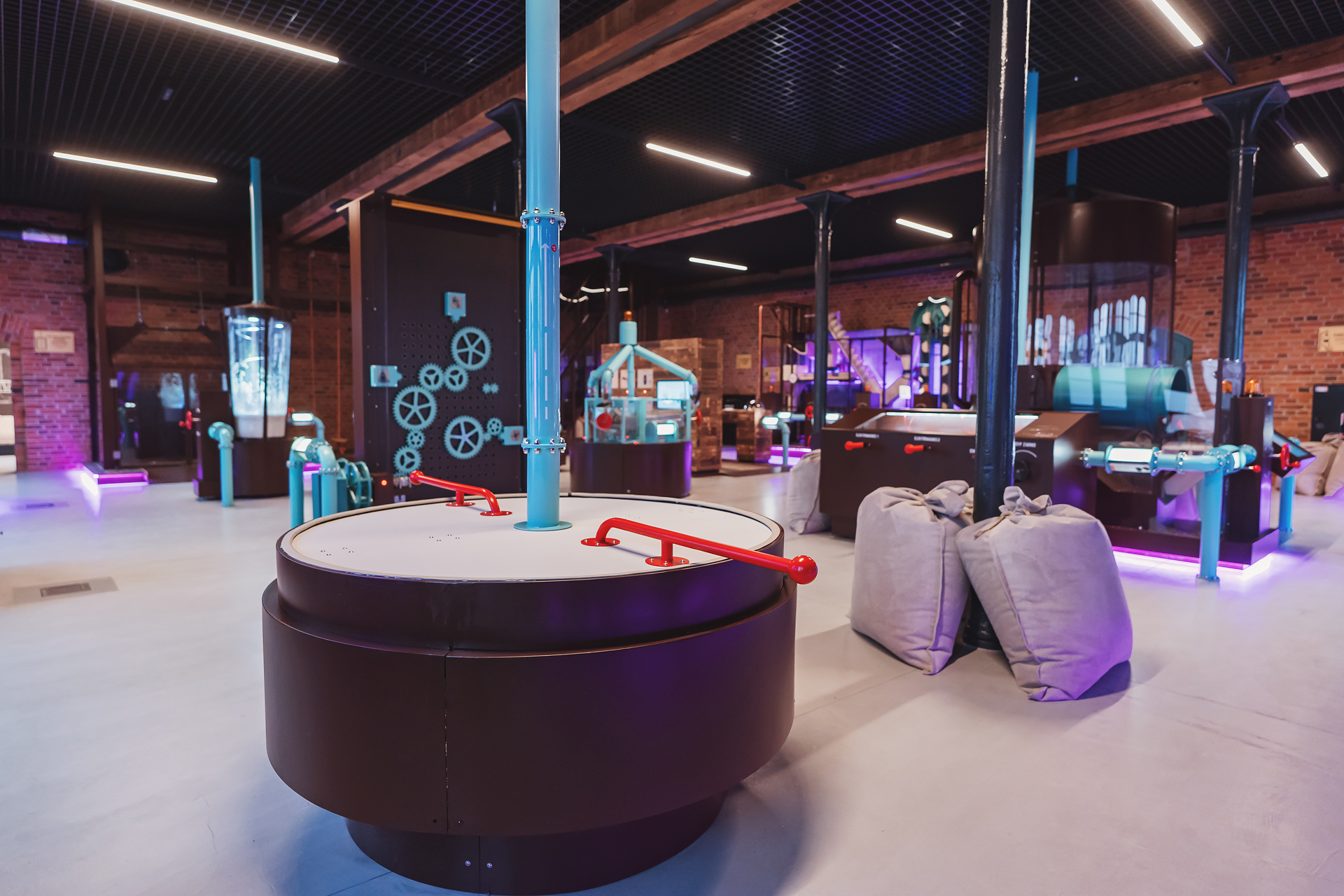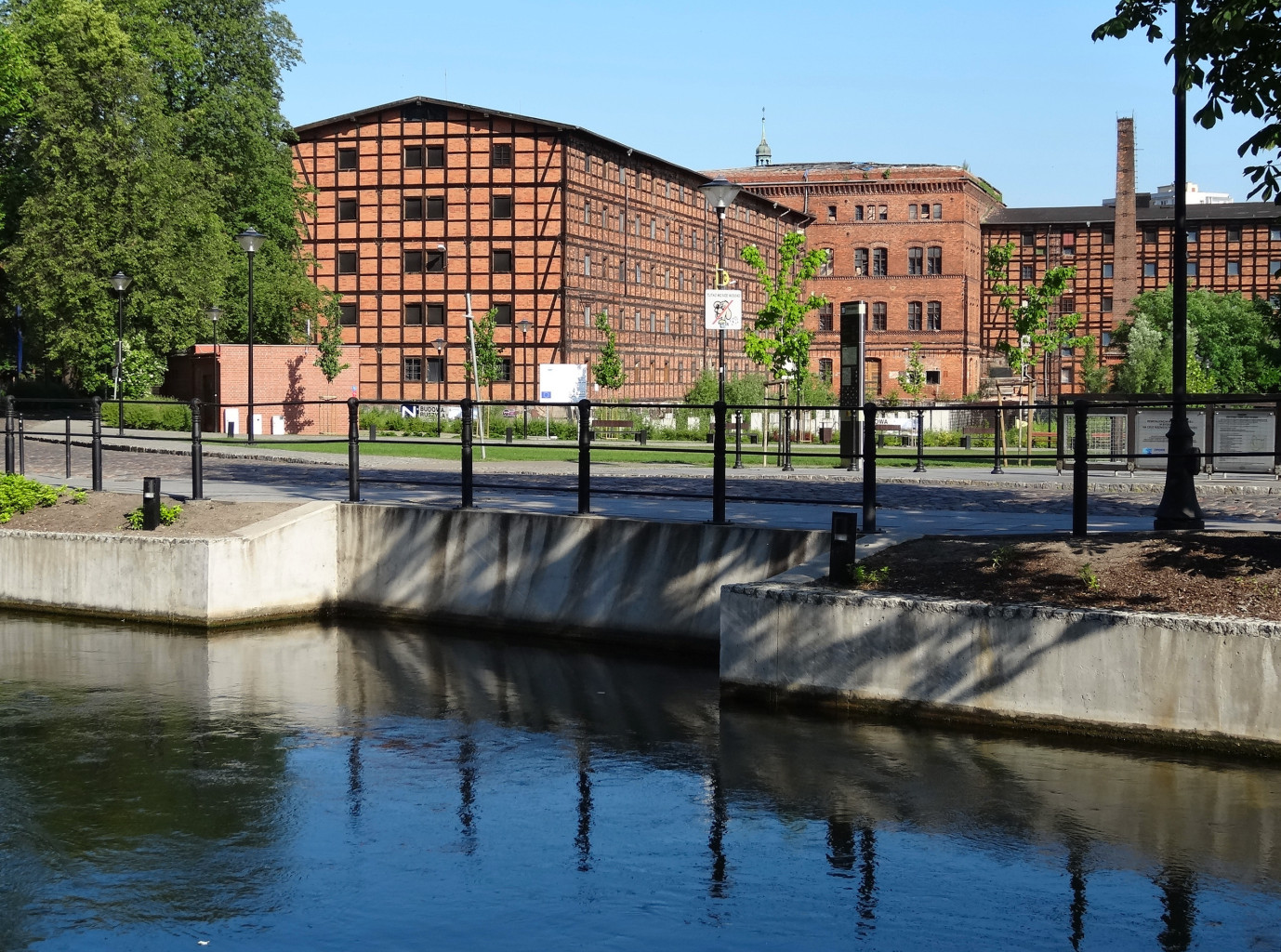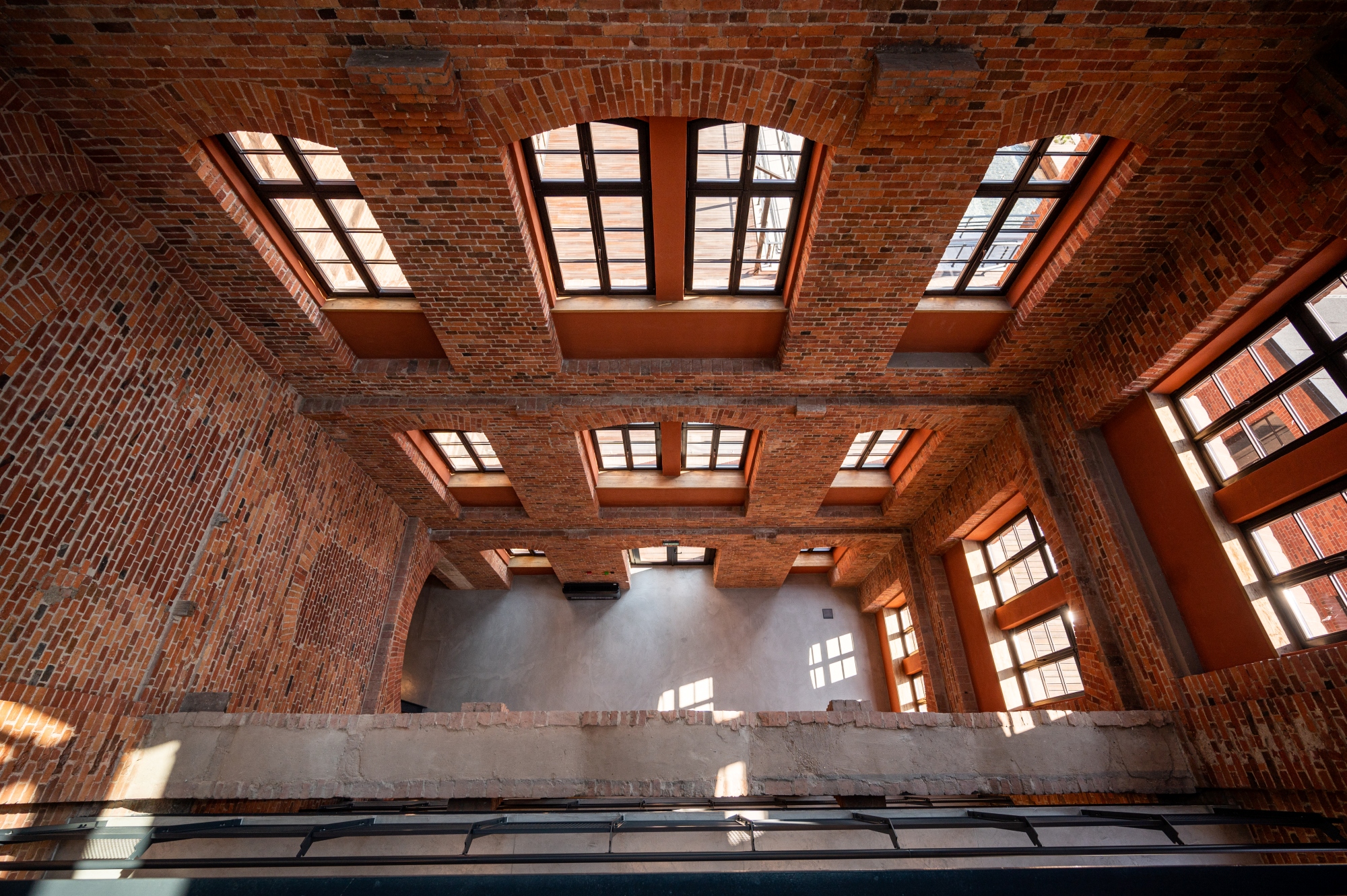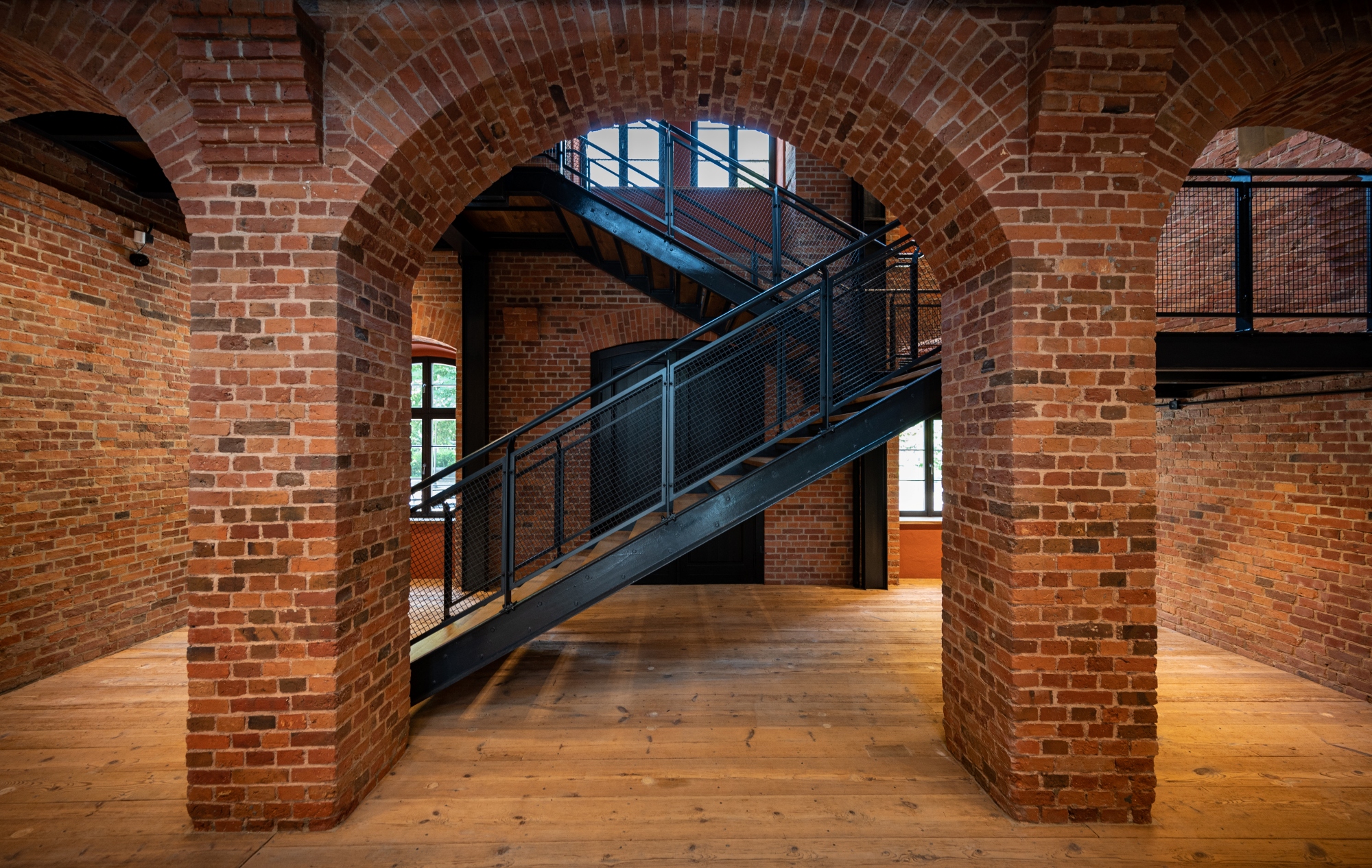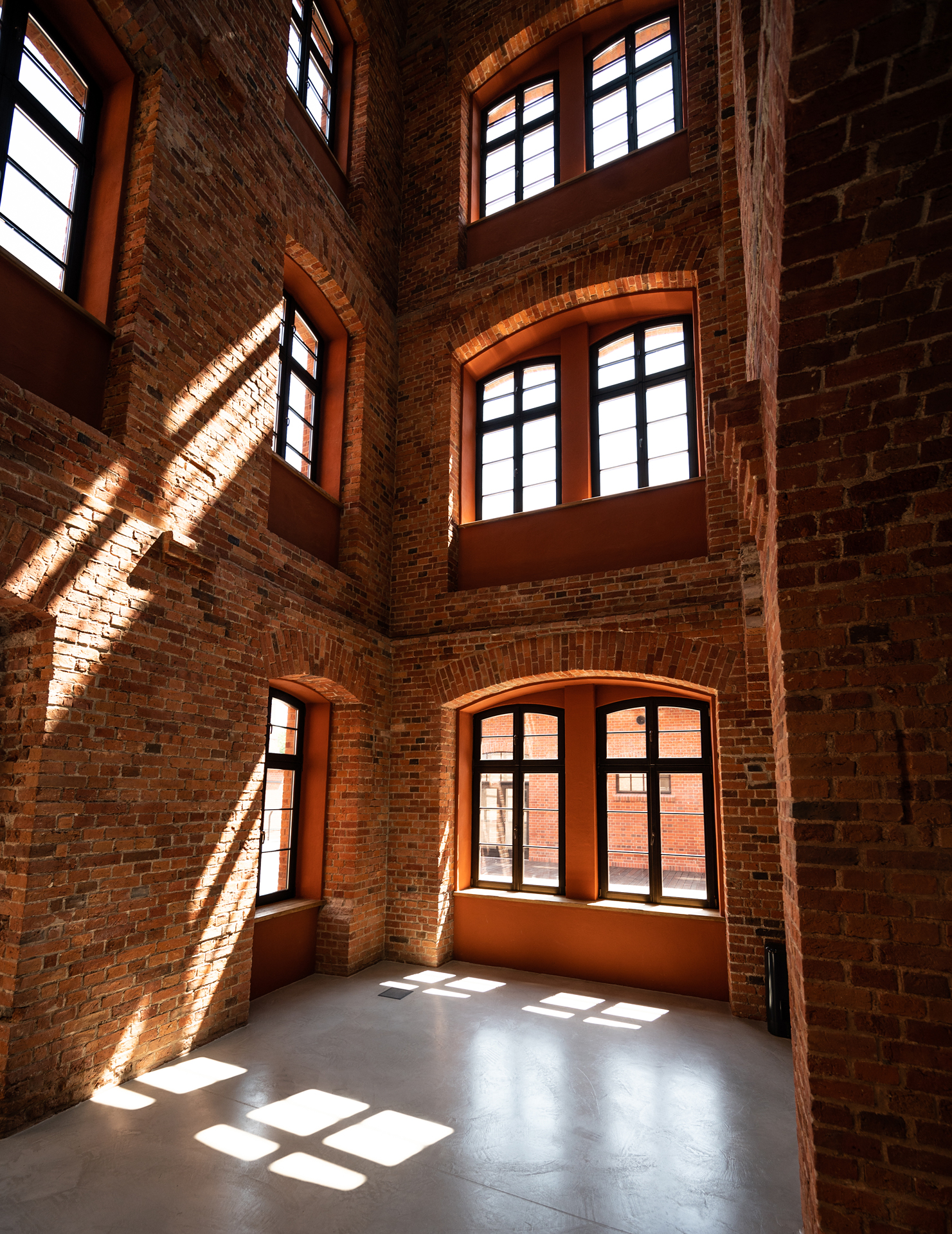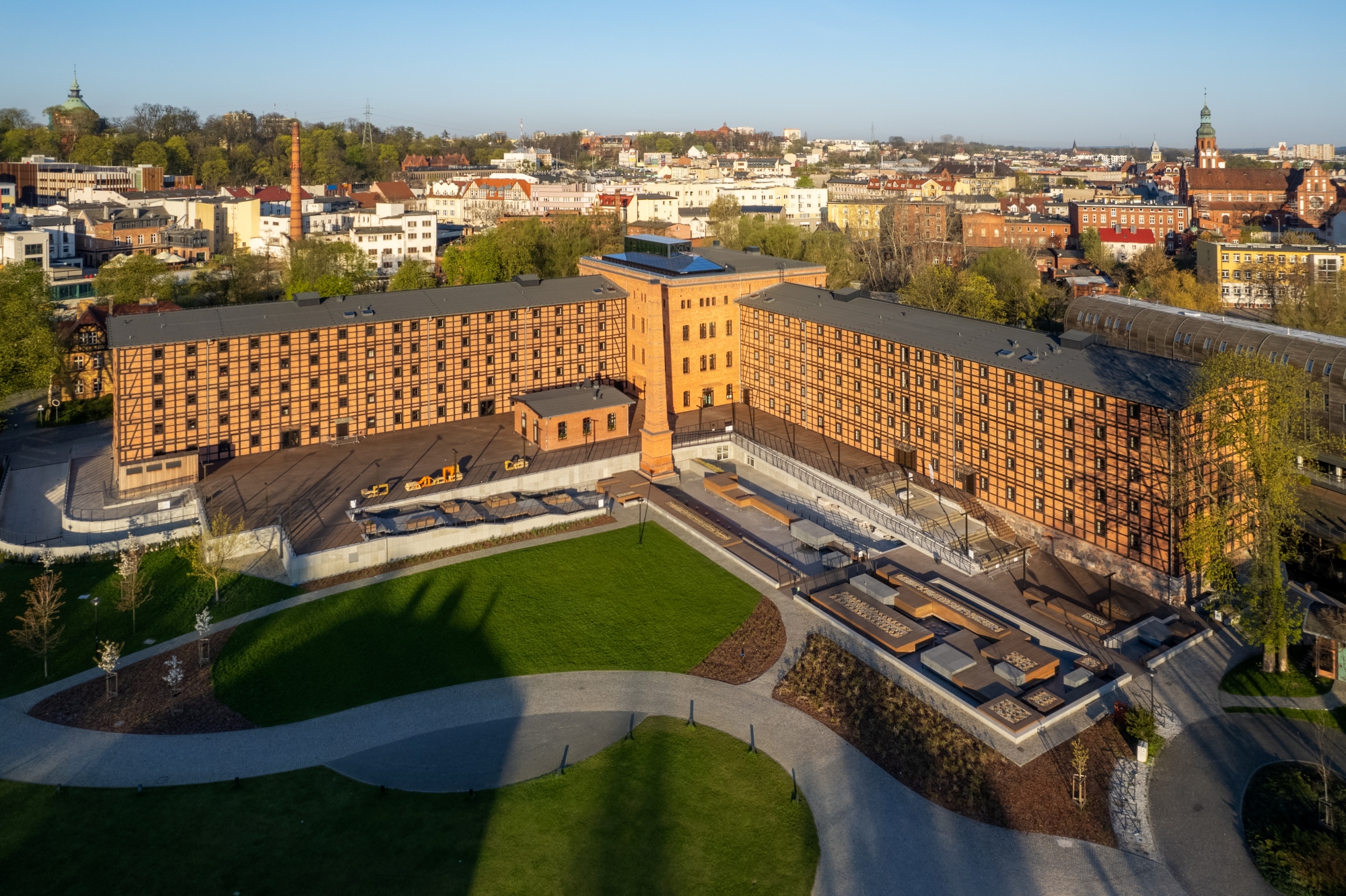The Mill-Machine is an interactive popular science exhibition with hands-on experimentation stations, which is the second permanent exhibition at Rothera Mills. Its premiere will take place on 8 December. It will be accompanied by various attractions and scientific demonstrations. The exhibition refers to the original role of the buildings on Mint Street, and will therefore tell the story of physical phenomena and the laws of physics, the operation of the equipment working in the mills and the production process – from grain to flour
On the opening weekend of the exhibition – 8-9 December 2023 – Rothera Mills invites you to explore the exhibition together and take part in a variety of activities. The programme includes popular science demonstrations, workshops, experiments and meetings with science popularisers
The Rothera Mills during restoration work. Source: Pit1233, CC0, via Wikimedia Commons
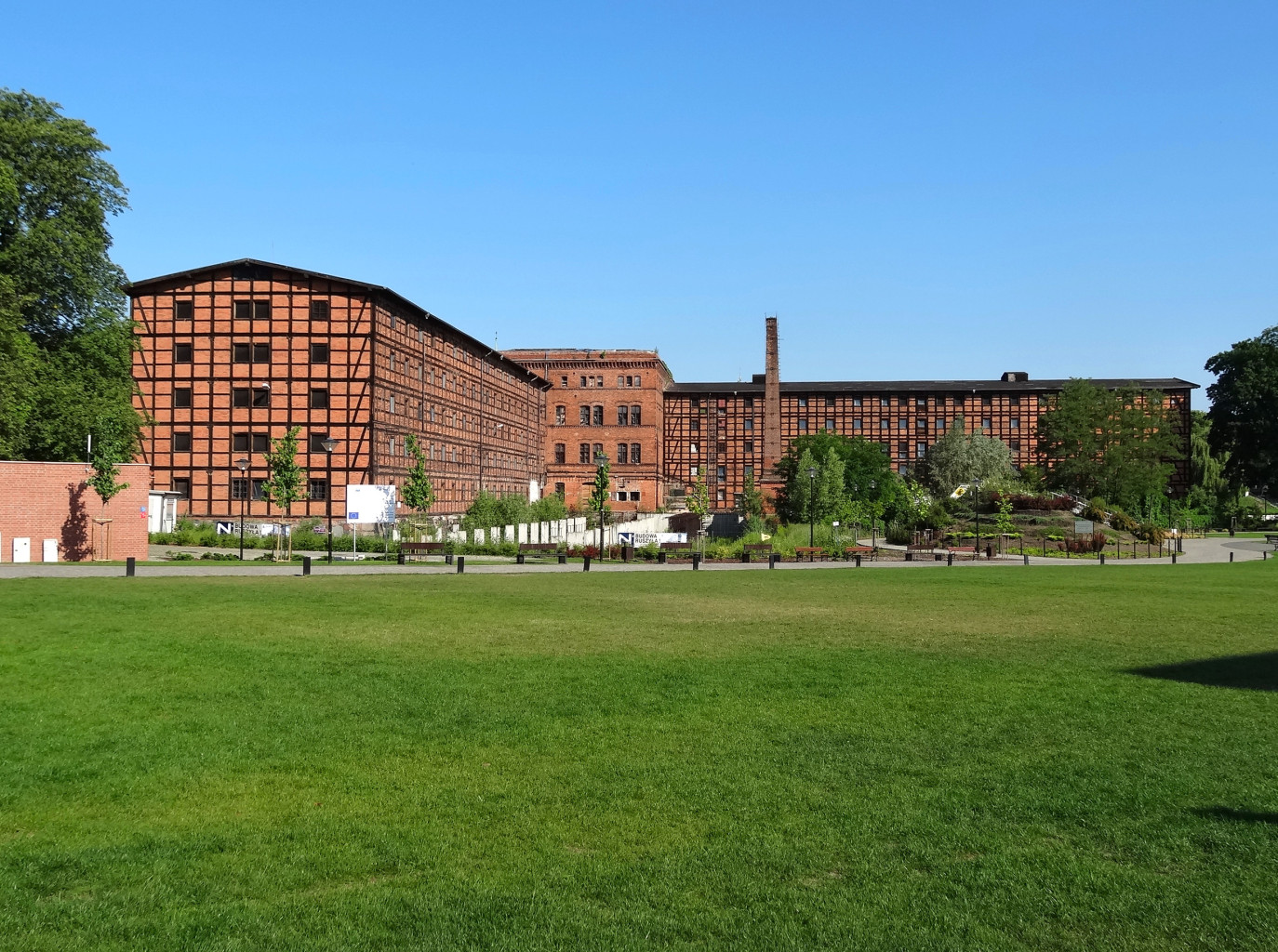
We are celebrating another important stage in the opening of the Mills. This time with a permanent exhibition we are highlighting the role of the Mills as a centre of science, a place that awakens curiosity and helps to understand the world. The industrial character of the interiors and the history of the Rothera Mill provided the inspiration for both the content and the setting of the exhibition. The mill machinery of the past became the starting point for discussing physical phenomena and processes, and the entire exhibition will transport visitors to the fascinating world of science,” says Sławomir Czarnecki, director of the Rothera Mills
The history of the mills dates back to the first half of the 19th century. In the early part of that century, thanks to the transit role of the Bydgoszcz Canal, the Brda and the Vistula and the opening up of trade with the West, Bydgoszcz became a centre of grain and timber trade. The grain trade gave rise to new industries; new mills and bakeries were established. On the island, the existing mills were taken over by a consortium in 1825, and a year later the Bydgoskie Młyny “Herkules” company was established, which produced not only for the local market, but also for Germany, Great Britain and even Brazil. Local grain was processed, as well as grain imported by water from the Kingdom of Poland. In 1842, the company was taken over by the Prussian state. The complex was significantly expanded and renamed the Royal Mills. The facilities saw the start of the city’s first steam engine in 1846. In the 1840s, when it was decided to expand the mill complex, the largest state investment was the construction of what is today known as the Rother Mills. The construction was made possible by the previous (in the 1820s) reconstruction of Mill Island, including the digging of the so-called Grain Canal. The mill is named after the Prussian Minister of Agriculture Christian von Rother

The grinding of grain into flour took place in the main part of the mill by means of large wheels, driven by water power. The Rothera mills were the largest facilities of their kind in Bydgoszcz. From 1919, the facility was taken over by the Bydgoszcz municipality and in 1921 by the Polish treasury. From 1928, part of the facilities on Młyńska Island were managed by the State Industrial and Grain Works. After World War II, the mill facilities on the Island belonged to the State Grain and Milling Company. As late as the 1960s, 1970s and 1980s, grain was still transported by water. The end of economic activity at the mills came in the 1990s. The facilities were put up for sale. The complex was only revitalised after 2011. Since then, successive renovation and adaptation works have turned the Rother Mills into an exhibition facility with meeting rooms, which hosts cultural events, exhibitions, meetings, etc. The building won the 26th edition of the National Competition “Modernisation of the Year& Construction of the 21st century”. It won the Modernization of the Year 2021 title in the “cultural facilities” category. The design was carried out by the architectural studio LSPROJEKT Sp. z o.o. s.k. from Wrocław
The furnishings of the Mills have not survived to the present day. Thanks to the exhibition, we can learn how industrial machinery works and, with the help of interactive exhibits, experience in practice the scientific phenomena which accompany such operation. The exhibition inspires visitors to discover the world of science and technology. Experimenting and learning new concepts is great fun,” says Sylwia Mularczyk, author of the concept and scenario of the exhibition and deputy manager of the Młyn Programme Department
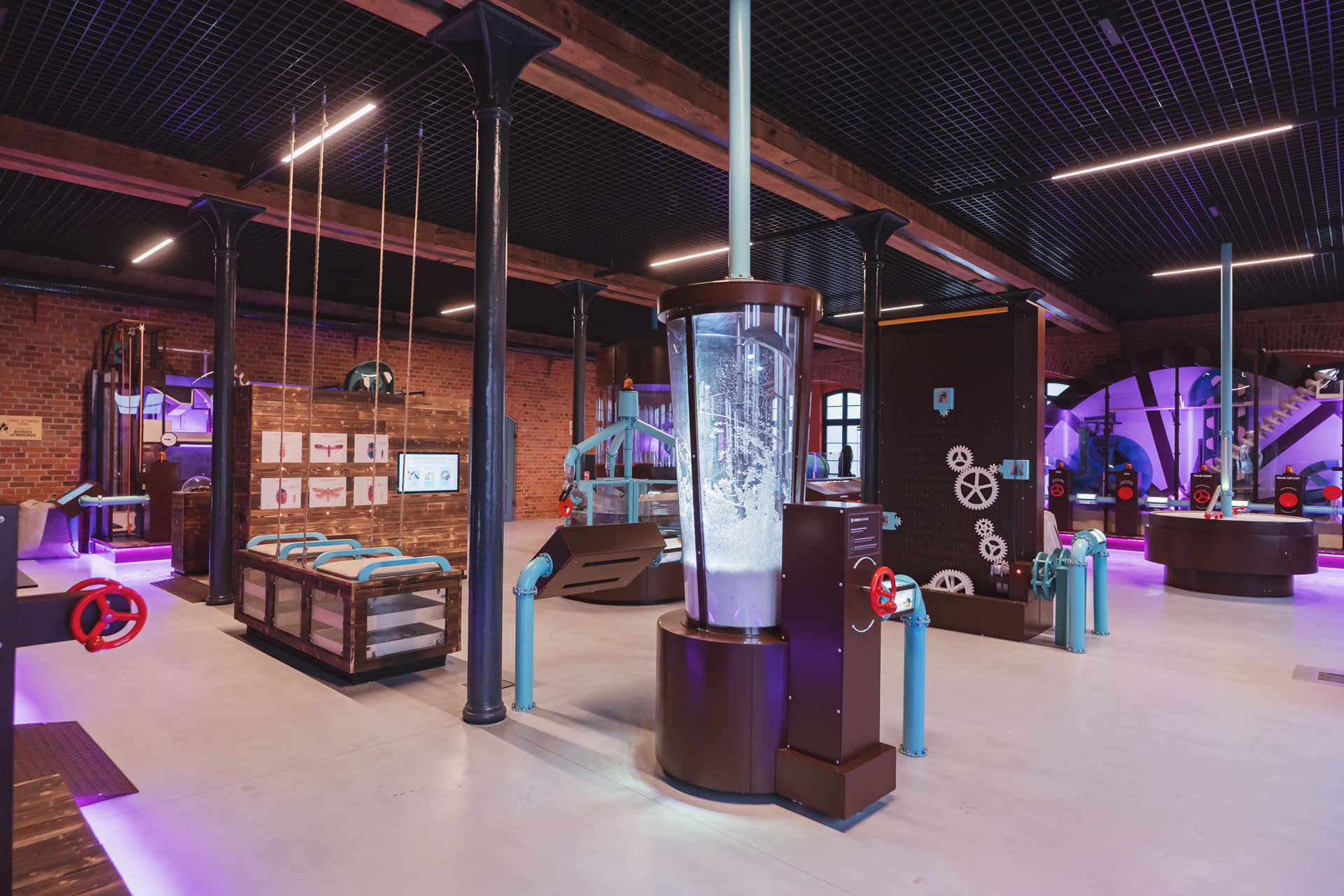
The company MAE Multimedia Art & Education is the contractor for the exhibition. It is a Gdansk-based studio experienced in the complex process of creating exhibitions for museums and science centres. The company’s portfolio includes the realisation of exhibitions at, among others, the Second World War Museum in Gdańsk, the European Solidarity Centre in Gdańsk, the Silesian Museum in Katowice or the EC1 Science and Technology Centre in Łódź. The cost of the investment is approximately PLN 4.9 million. The project entitled Revitalisation of the Rothera Mill in Bydgoszcz for cultural and tourism purposes is co-financed by the European Regional Development Fund under Measure 6.5 Development of endogenous potential of the region of the Regional Operational Programme of the Kujawsko-Pomorskie Voivodeship 2014-2020
Source: mlynyrothera.pl
Read also: Architecture | Renovation | Monument | History | Education | Bydgoszcz



